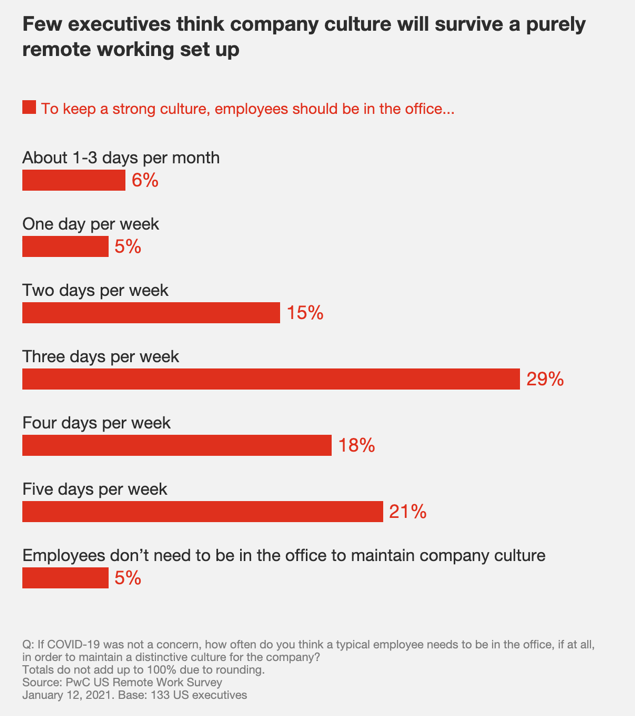 Covering COVID-19 is a daily Poynter briefing of story ideas about the coronavirus and other timely topics for journalists, written by senior faculty Al Tompkins. Sign up here to have it delivered to your inbox every weekday morning.
Covering COVID-19 is a daily Poynter briefing of story ideas about the coronavirus and other timely topics for journalists, written by senior faculty Al Tompkins. Sign up here to have it delivered to your inbox every weekday morning.
In normal conditions, it might take years for the U.S. Food and Drug Administration to approve a drug as safe and effective. But when faced with an emergency — like the COVID-19 pandemic — the FDA can grant emergency use authorization, which according to the FDA is given if “there are no adequate, approved, and available alternatives” for serious or life-threatening diseases.
That conditional approval differs from full approval, after which the FDA issues a Biologics License Application, or a BLA.
Even an emergency license is based on tens of thousands of doses administered in drug trials. But now that the Moderna and Pfizer vaccines have been distributed by the millions, the drug companies have even more evidence to present to the FDA, which they can do at any time. There is no set schedule.
UNC Health produced a useful graphic showing the two lines of approval.
Notice the emergency approval route (on the left) allows for manufacturing to begin even before there is approval, so the drugs can be distributed as soon as the FDA gives the go-ahead. That is, of course, what happened late last year.
Full approval would likely include a lot more data, not just about safety but about how long the vaccines protect us and whether they stand up to variants. Some of that data rolls in monthly or even more often. Infectious disease expert William Haseltine wrote a piece for The Hill and explained what else the FDA might want to know:
First, we need to dig into the details of vaccine efficacy and the durability of the protection it affords us. The antibodies to even the best of the vaccines will no doubt fade over time, but to what extent?
Do the levels of neutralizing antibodies generated in response to the vaccines drop quickly or slowly and at what point does it fade away entirely?
And what of the T cell response and how it may change over a period of one, two or five years?
Will we need booster shots or to be revaccinated every year?
A more technical question that the FDA can help us answer is whether adenovirus vector vaccines, if proven effective against initial infection, can be used as boosters or for revaccination if needed.
Possibly the biggest question that the FDA could help us answer is around the effectiveness of vaccines against variants of the virus
The final question the FDA can ask the companies to answer is whether the vaccines can stop the pandemic by inhibiting both infection and transmission.
Some employers, like Harris Health Systems in Houston, say they will wait for the full FDA approval before they require employees to get vaccinated as a condition of employment.
The California State University and University of California systems also just announced that they plan to require COVID-19 vaccinations as soon as they achieve full approval from the FDA or at the beginning of the fall semester, whichever is later.
Newest vaccine trial data
The newest data on the Pfizer and Moderna vaccines finds that they are just as effective at preventing hospitalizations as everyone thought they would be.
The Pfizer-BioNTech and Moderna COVID-19 vaccines were found to be 94% effective at preventing hospitalizations among people ages 65 and over in a real-world study published Wednesday by the Centers for Disease Control and Prevention.
And — this is news for people who skipped the second shot — even just one shot of the two-dose mRNA vaccines proved 64% effective at preventing hospitalizations in the elderly.
We need truck drivers or a summer fuel shortage could develop

Truckers drive along I-70 through heavy fog near Lawrence, Kan., Saturday, Feb. 27, 2021. (AP Photo/Orlin Wagner)
According to the National Tank Truck Carriers, the industry’s trade group, somewhere between 20% to 25% of tank trucks in the fleet are parked heading into this summer due to a paucity of qualified drivers. At this point in 2019, only 10% of trucks were sitting idle for that reason.
“We’ve been dealing with a driver shortage for a while, but the pandemic took that issue and metastasized it,” said Ryan Streblow, the executive vice president of the NTTC. “It certainly has grown exponentially.”
And, CNN says, there are two other new reasons for the driver shortage:
There’s a new federal clearinghouse that went online in January 2020 to identify truck drivers with prior drug or alcohol violations or failed drug tests, which knocked about 40,000 to 60,000 total drivers out of the national employment pool.
In normal times, driver turnover can run around 50% on an annual basis, but that spiked to a roughly 70% annual rate in April of last year, according to Brad Fulton, director of research and analytics at Stay Metrics, a trucking recruiting and retention firm.
The competition to keep employees who want to work remotely
Federal government agencies are already seeing what maybe all of us will hear soon: Some workers say if they cannot keep working remotely, maybe they will find a new job. Recode reports:
Companies that choose not to allow workers flexibility in where they work will be met with resistance. The vast majority of employees — 89 percent — say they want to be allowed to work remotely some or all of the time. So companies with stricter office rules could have trouble attracting and keeping talent, with one in four employees saying they might quit their jobs after the pandemic, mostly because they want to look for work with greater flexibility.
The Federal News Network, a news service covering federal employees. includes this passage:
“We’re already seeing jumpers already. Folks are finding those jobs where remote work is going to be the way of the future,” said Sherry Van Sloun, assistant director of national intelligence for human capital at the Office of the Director of National Intelligence.
Employers in the private sector, maybe your own newsroom, are hearing the same thing. Some people love not having to fight traffic to work and pay for parking, and they even find working from home to be more productive. Society for Human Resource Management research recently pulled together some survey data:
SHRM found that over half (52 percent) of 1,000 U.S. workers would choose to permanently work from home on a full-time basis if given the option.
Of those who would choose to work permanently from home, 35 percent would accept a reduction in salary to do so, and 66 percent would still choose to work from home full time if the majority of Americans got the COVID-19 vaccine and herd immunity was achieved.
“The research confirms that the post-COVID workplace will be a hybrid onsite/remote work model,” said Cali Williams Yost, a workplace change strategist, author, speaker and CEO of New York City-based Flex+Strategy Group. “However, there’s a meaningful divide between what HR leaders say they expect the mix of full-time onsite, partially onsite and full-time remote will be and what employees say they want. Closing that gap, aligning expectations and then executing a new flexible way of operating will be the next-stage challenge for organizations.”
It is not just productivity that worries employers. They wonder whether the culture of the business will suffer if workers are not nearer to each other. PwC consultants listened to employers’ concerns and found:

(PwC)
On one end of the spectrum are the finance and law sectors, whose workers have been less likely to work from home all along despite a high potential for their work to be done remotely. These industries are going back to the office sooner, and workers will be less likely than in other types of work to be allowed to complete their work remotely thanks to work cultures that prioritize in-person interactions, whether they’re necessary or not.
On the other end are a variety of industries including tech, where some companies like Twitter and DropBox are giving employees the option to permanently work remote. Of course, even within tech there is variation. Amazon, known for its brutal corporate culture, plans to have most of its white-collar workers back in the office by early fall, saying it wants to return to an “office-centric culture as our baseline.”
We have a pretty long way to go to get back to the office. Again, Recode found:
So far, the average weekly office occupancy in April across all industries in 10 major US cities jumped slightly to 26 percent last week, according to Kastle Systems data. Occupancy rates were highest in Texas cities, with Dallas, Austin, and Houston all above 30 percent, and lowest in San Francisco, whose office occupancy was 14 percent.
Those findings are based on key fob data from 3,600 buildings and 41,000 businesses that Kastle Systems secures across 47 states.
We’ll be back tomorrow with a new edition of Covering COVID-19. Are you subscribed? Sign up here to get it delivered right to your inbox.










